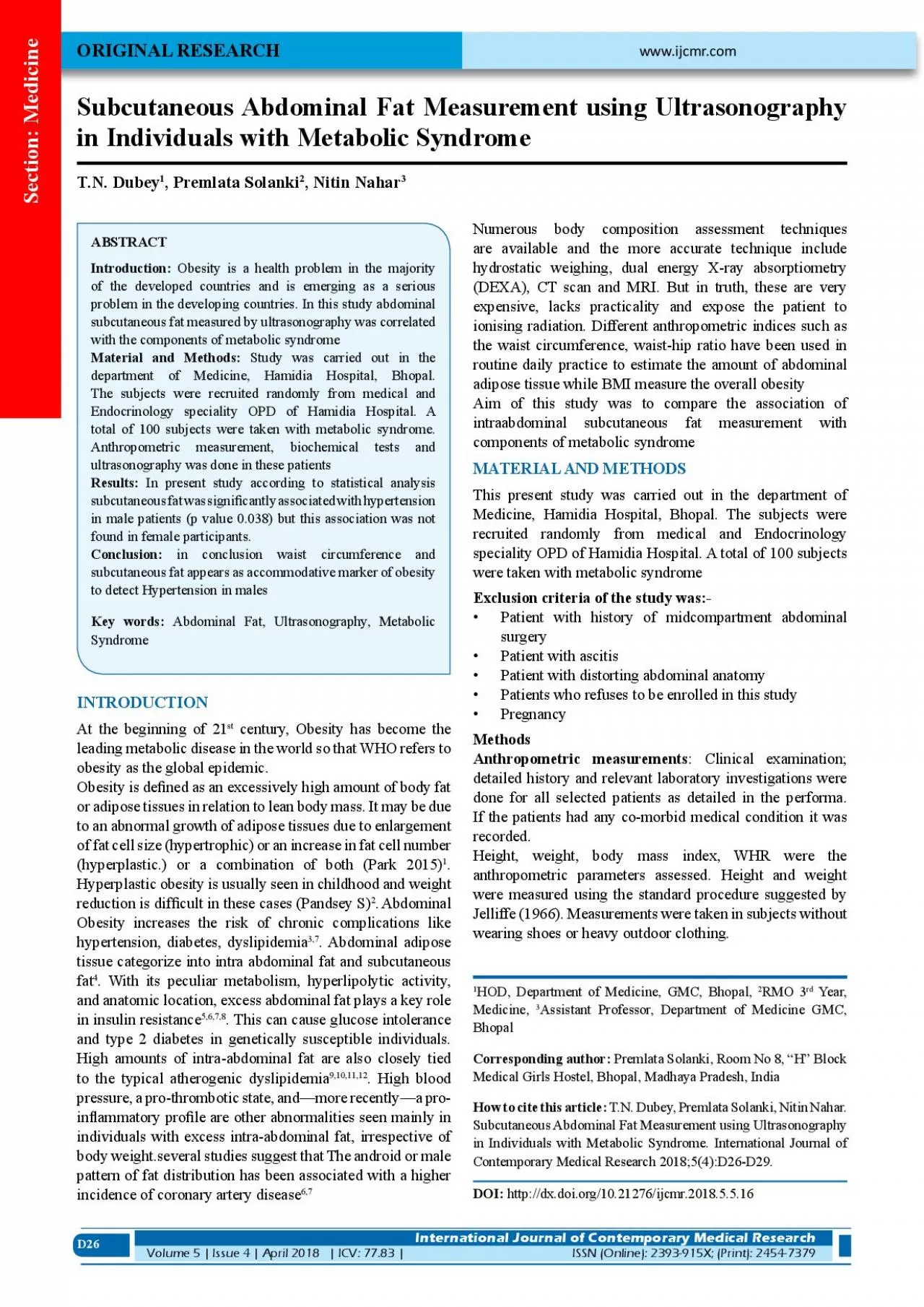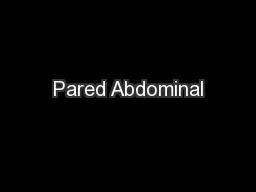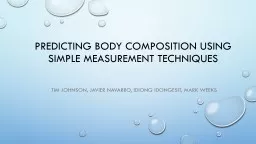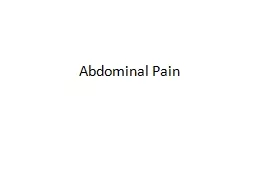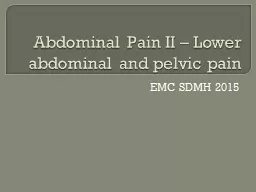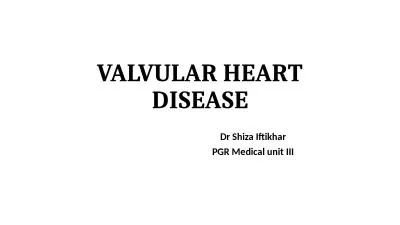PDF-Subcutaneous Abdominal Fat Measurement using Ultrasonography in Indivi
Author : ash | Published Date : 2022-10-12
D26 Introduction Obesity is a health problem in the majority of the developed countries and is emerging as a serious problem in the developing countries In this
Presentation Embed Code
Download Presentation
Download Presentation The PPT/PDF document "Subcutaneous Abdominal Fat Measurement u..." is the property of its rightful owner. Permission is granted to download and print the materials on this website for personal, non-commercial use only, and to display it on your personal computer provided you do not modify the materials and that you retain all copyright notices contained in the materials. By downloading content from our website, you accept the terms of this agreement.
Subcutaneous Abdominal Fat Measurement using Ultrasonography in Indivi: Transcript
Download Rules Of Document
"Subcutaneous Abdominal Fat Measurement using Ultrasonography in Indivi"The content belongs to its owner. You may download and print it for personal use, without modification, and keep all copyright notices. By downloading, you agree to these terms.
Related Documents

